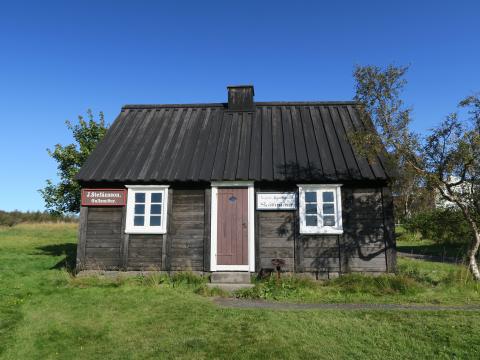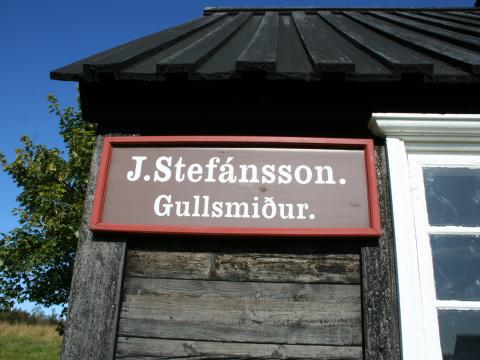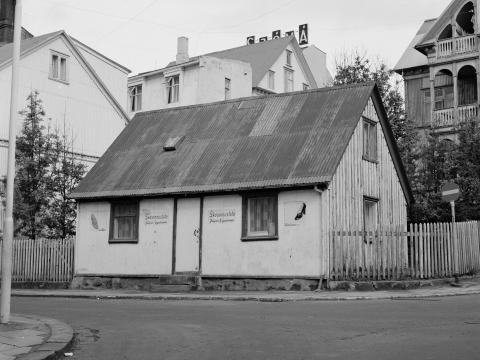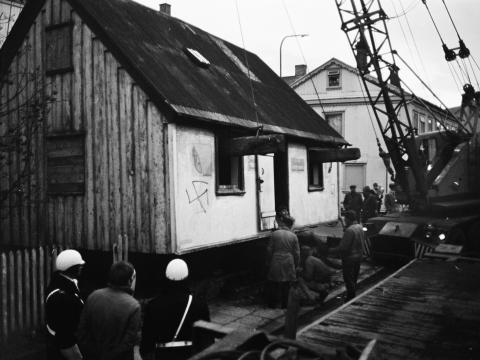
Þingholtsstræti 9 was built in 1846 by a joiner named Helgi Jónsson. It's a single storey timber house with a high roof and was likely made out of leftover wood from the construction of the Menntaskólinn í Reykjavík (Reykjavík School of Education -1846), where Helgi had served as foreman. The house is a log house, with wooden logs stacked up between vertical columns. However, this construction method is timber dependent and was, therefore, a rarity here in Iceland. The main floor of the building is divided into four rooms, as well as an entrance hall. Two living rooms can be found on the south side, with a kitchen and a smaller space on the north side. The kitchen features an open fireplace connected to two back stoves. After the last resident died in 1945, the house, for a while, was converted into a cobbler's shop. The house was relocated to the Árbær Open Air museum in 1969 and now houses exhibitions on shoemaking and the work of goldsmiths.


Þingholtsstræti 9
The house at Þingholtsstræti 9 was built in 1846 by the carpenter Helgi Jónsson, who lived there with his family. Among his sons were the poet Helgi E. Helgason and cathedral organist Jónas Helgason.
Teacher Guðrún Daníelsdóttir lived the longest in the house, staying there for almost 60 years. She was the stepdaughter of Kristjana, daughter of the carpenter Helgi.
Balls were regularly held in this tiny house. Different kinds of balls were the primary way for the people of Reykjavík to have fun at this time.

